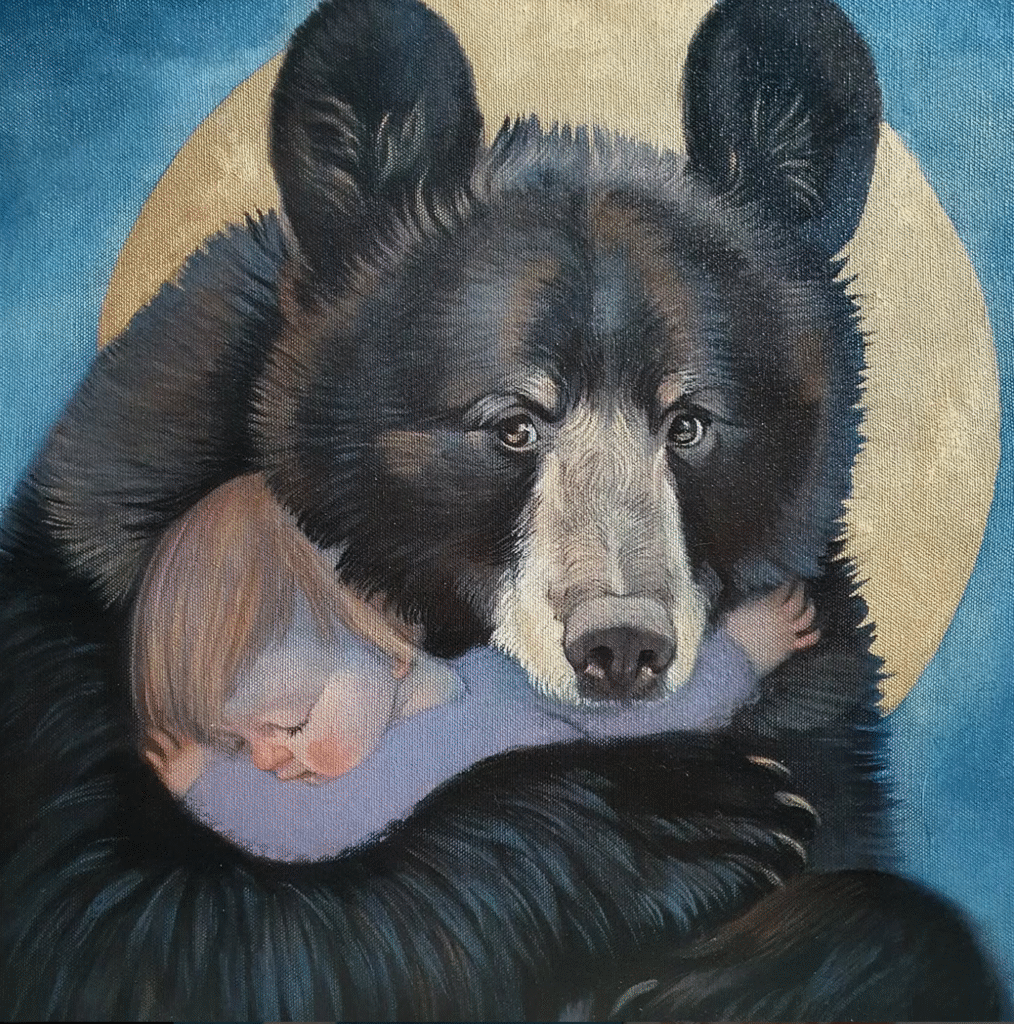Internal Family Systems
The core idea of IFS is that the different parts of our personality are like an inner family, and the key to healing is to respect, understand and love every part of us.
What are parts?
IFS is based on the idea that the mind isn’t totally unified.
If you’ve ever noticed you sometimes have conflicting desires and beliefs – or you notice you have sides to your personality like a people-pleaser, inner critic, high-achiever or inner child – you’ve already noticed you have different parts who show up in different situations.
You might also notice these different parts of you are associated with different physical sensations, thoughts, memories, beliefs and behaviours.
IFS sees all parts of you as forming an inner family who all have good intentions. At the core of IFS is the idea that when we honour, listen to and love each part of us, we can help them become more harmonious members of our inner system.
By building compassionate relationships with our different parts, we can help them: update their strategies to suit our present day circumstances; let go of pain and inaccurate negative beliefs they carry; and feel appreciated and supported for the ways they help us.
Image used with permission of Rukmini Poddar: https://www.dearruksi.com/
What is 'Self'?
In Internal Family Systems, ‘Self’ is the name given to the most compassionate, calm, curious and courageous place within us.
When we meet parts of ourselves from this place, with an attitude of unconditional acceptance, we can learn more about them, see their goodness and positive intent for us, help them heal, and earn their trust as the leader of our inner family of parts.
Meeting parts from Self can take some practice, as when we experience parts of ourselves we’re typically either blended with them (feeling their feelings and seeing the world from their point of view) or we’re noticing one part from the point of view of another part.
Let’s take the inner critic as an example. If you have a part that criticises you, you might also have a part that gets shamed by this part and feels inadequate. And you might have another part that tries to shut this critical voice down or helps to distract you from it. From the perspective of either of these parts, your inner critic’s vulnerability or good intentions might be hard to see. However, if you meet your inner critic from Self, you can start discovering the story behind why this part feels the need to be critical, learn what it’s trying to protect you from, and help it adopt a more supportive role in your system.
Protective parts
The inner critic in the example above is one of many protective parts that many people have within their inner systems.
Protectors are the parts of us that want to make sure our needs are met and to keep us safe from inner or external sources of harm. These parts have all sorts of strategies for doing their best to look after us, but they’re often stuck in the past, not realising that we have more resources and options available than we had as children.
Some protectors are reactive and jump in when they feel things are going wrong. These parts might cause us to get angry at others or withdraw from connection to try to keep us safe, make us feel blank, numb or confused when things feel overwhelming, or drive risky, addictive or impulsive behaviour as a way of distracting from internal pain.
Often these parts haven’t been appreciated as much as they deserve, because their behaviour is seen as difficult: they are often considered reckless, frustrating, destructive or inexplicable by other parts of us or people around us.
Other protective parts take on a managerial role, trying to stop things going wrong in our lives in the first place. These parts might strive to make sure we meet a standard they believe is necessary for us to be good, safe, accepted or loved. They might push us to be highly successful, or keep us from setting boundaries, noticing certain needs and emotions, or expressing vulnerabilities that could lead to rejection. Alternatively they might try to control the external environment or people in it to keep us from getting hurt.

'Saturday's Bear.' Images shared with permission from the artist Lucy Campbell, http://www.lupiart.com
Exiled parts
As we gain the trust of protective parts, they may be willing to show us the more vulnerable parts who hold the pain that the protectors are working hard to prevent us from ever re-experiencing.
These exiled parts might be holding the shame, powerlessness, fear, loneliness or worthlessness we felt as some point in the past.
When we meet these vulnerable parts from the Self and they are able to receive our love and have their painful experiences witnessed and understood, they can return to their ‘unburdened’ state of wellbeing, which also means our protectors can relax and take on more balanced roles in our internal system.